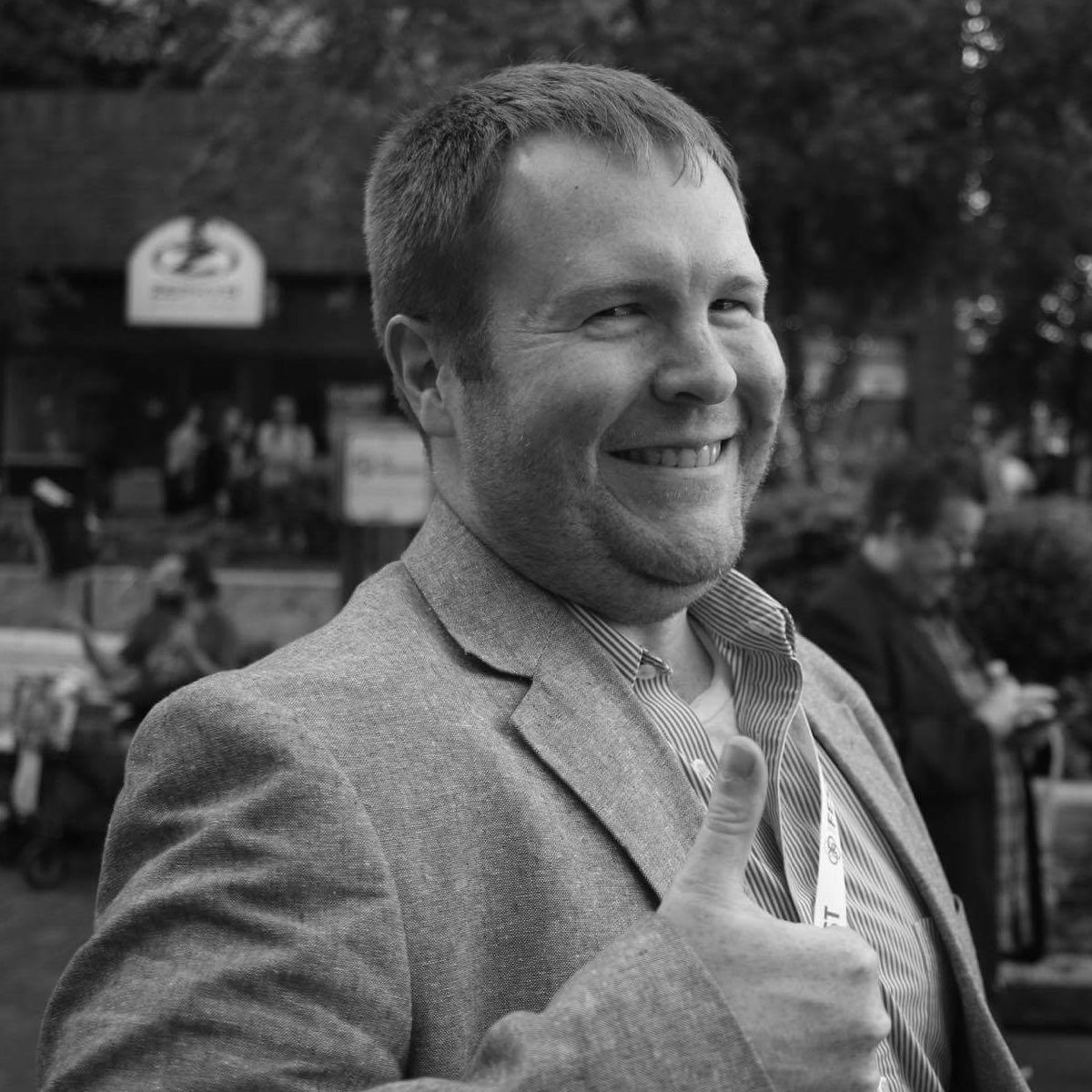Brad Feld and Ian Hathaway
The Startup Community Way
ISBN: 978-1-119-61360-2
If you have followed my book review series on this blog, you know that I’ve reviewed a number of books by Brad Feld. His long, winding career as an entrepreneur, community builder, and investor has made him one of the top experts in entrepreneurship. In 2019, I had the chance to read and review Feld’s book Startup Communities, considered the ultimate starting point for people interested in entrepreneurial ecosystem building. Before reading Startup Communities, I had a vague understanding of what the pieces were to create a successful startup community, and was even fuzzier on how those pieces were supposed to interact. After reading the book, I finally felt like I had a firmer grasp on my role as an entrepreneurial ecosystem builder, and how the different parts of the puzzle truly fit together.
Shortly after I read Startup Communities, Feld teamed up with Ian Hathaway to write The Startup Community Way. Released just after the start of the COVID-19 pandemic, this book builds heavily on Feld’s original work, clarifying a number of points in the first book and building on the ideas that were quickly nearing ten years old. While the “Boulder Thesis” is a great example of what worked in Colorado, the original book was not clear that it wasn’t meant to be a one-size-fits-all solution for every community. In addition, some of the pieces and the interactions between those pieces in a startup community weren’t explained well enough in the first book and needed clarification in this new book.
The most important feature of this sequel was the introduction of the idea of Complex Adaptive Systems. Startup communities, like almost all of the economy, are complex adaptive systems. You can’t really plan a complex adaptive system, as one action can lead to a number of unintended consequences. Trying to copy the “Boulder Thesis” outside of Boulder is impossible, due to the unpredictability of these systems. The authors did a great job explaining that the presence of the parts that went into the original “Boulder Thesis” is much more important than how those parts went together – each community needs the parts, but the parts will assemble themselves differently due to differences in population, resources, and a number of other factors.
The authors clarified more points from the original by classifying the components of startup communities into two groups: actors and factors. Every startup community must have a certain number of specific actors involve to complete the community. A number of specific factors are also necessary for success, depending on each of the actors. I found that this really did a great job clearing up some of the misconceptions contained in the original book between the large organizations that work to create a startup community – government, universities, established companies, etc. – and the people who work for those companies, who may have felt like they weren’t really being included in the original blueprint.
Much like Startup Communities, this book was packed with information but didn’t really read like a textbook. I didn’t feel as though I needed to take notes while I was reading the book, as most things lined up with Feld’s earlier work. I would strongly suggest people read Startup Communities first before tackling this book – you won’t be completely lost if you read them out of order, but it makes The Startup Community Way much easier to understand if you have the basic information down before you move to this book. I would also consider reading Victor Hwang’s book The Rainforest as well before you read this, as this book references that work multiple times, and I feel as though it’s a critical part of the entrepreneurial ecosystem builder library.
Overall, 10/10, would highly recommend for entrepreneurial ecosystem builders who are seeking new ways to reinvigorate their startup communities as we come out of the COVID-19 pandemic. We have a great deal of work to do rebuilding entrepreneurial ecosystems after so many businesses were forced to close in 2020. Understanding the relationships between the people and the organizations in your community will help you make the connections between individuals more quickly and easily. This book should become a permanent part of your entrepreneurial library.
